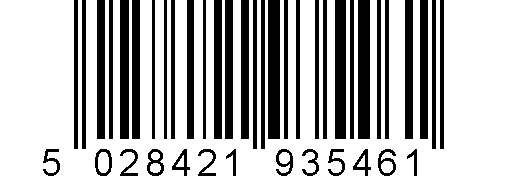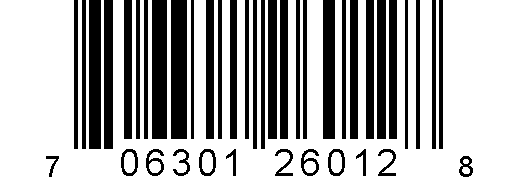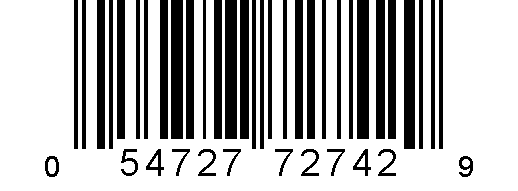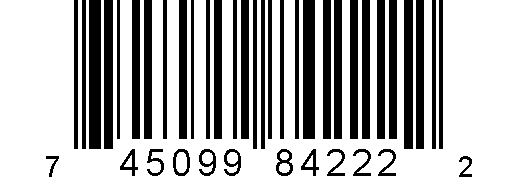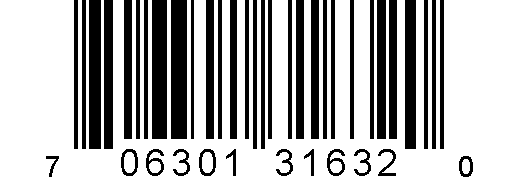Domenico Scarlatti: Sonatas
Franz Schubert: Masses
Media Review / Listening Diary 2012-08-31
2012-08-31 — Original posting (on Blogger)
2013-08-02 — New standard layout applied
2014-11-05 — Re-posting as is (WordPress)
2016-07-07 — Brushed up for better readability
Table of Contents
Domenico Scarlatti: Keyboard Sonatas
The Recordings
Pieter-Jan Belder
Domenico Scarlatti: Complete 555 Keyboard Sonatas
Pieter-Jan Belder (harpsichord, fortepiano, organ)
Brilliant classics 93546 (36 CDs, stereo); recording 2000 – 2007

Andreas Staier
Domenico Scarlatti: Sonatas (K.69, 113 – 116, 208, 209, 215, 216, 246, 247, 394, 395, 414, 415, 426, 427, 513)
Andreas Staier (harpsichord)
Teldec / Das Alte Werk 0630-12601-2 (CD, stereo); ℗ / © 1996

Andreas Staier, vol.II
Domenico Scarlatti: Sonatas, Vol.II (K.64, 87, 96, 132, 133, 175, 202, 213, 214, 263, 264, 277, 278, 420, 421, 460, 461)
Andreas Staier (harpsichord)
deutsche harmonia mundi 05472 77274 2 (CD, stereo); ℗ / © 1992

That is this year’s “filler project”, see the Listening Diary 2012-07-27. This month, I have listened to K.302 up to K.440. With very few exceptions (see below), all sonatas for this month were from the above CD set only (first picture), i.e., played by Pieter-Jan Belder. For general comments see again the Listening Diary 2012-07-27.
Instruments
This batch of 137 sonatas looks like the most diverse in terms of instrumentation: Pieter-Jan Belder is playing on a fair range of keyboard instruments:
- A Ruckers replica (Flemish, presumably) by Cornelis Bom, Schoonhoven (1999) — 36 sonatas
- A Giusti replica (Italian) by the same builder (2003) — 28 sonatas
- A Blanchet replica (French) by Jan Kalsbeek, Zutphen (2002) — 21 sonatas
- A harpsichord built after Iberian models, by Joop Klinkhamer, Amsterdam (1989) — 19 sonatas
- A fortepiano after Ferrini, by Denzil Wraight, Coelbe Schoenstadt (2002) — 34 sonatas
- The organ of the Koepelkerk, Arnhem, by C.F.A. Naber, Deventer (1842) — 1 sonata
Eight of these sonatas also feature on the recording by Andreas Staier (included with the two CDs shown above), on a harpsichord built after German models from around 1750, by Keith Hill, Grand Rapids, MI, USA (1982).
Interpretations
I very much like Belder’s interpretations: he uses very careful and detailed articulation and phrasing, and it is fascinating to listen to the sound of all these instruments! Belder diligently selected the sonatas for the fortepiano. And indeed, many of Scarlatti’s sonatas are very well suited for this instrument. Between the harpsichords there is a very wide variation in sound. My favorites usually are Italian harpsichords, and the Giusti instrument is definitely excelloent. However, also the Ruckers model is very nice (the late Gustav Leonhardt used Ruckers replicas for many of his recordings).
It is certainly not by coincidence that all of the remaining sonatas (K.439 – K.555) are played on these two instruments only (most harpsichords were loaned by friends, artists & instrument builders, which may explain why some of the instruments weren’t used for a larger number of sonatas). One of the most interesting discoveries in this month’s batch of sonata recordings was the Iberian harpsichord by Klinkhamer: a very full sound, especially in the bass, somewhat archaic, perhaps, with some similarities to Italian instruments, certainly different from all the others!
The recordings where I could compare the above two artists confirmed the statements that I made in my Listening Diary 2012-07-27: Belder’s focus is on careful articulation and phrasing, while Staier focused on virtuosity, sometimes using more agogics. Often, Staier’s Allegro turns into a Presto (K.427 is a prime example, really incredibly fast!). And his Andante may be close to a Allegro moderato: his K.426 takes 3:22 while Belder spreads out the same movement over 8:32. He does keep an Andante feeling, though. However, he also plays out the many ritardandi / hesitations in this piece. After all, it’s one of Domenico Scarlatti’s few slow sonatas!
Franz Schubert: Masses in A♭ (D.678) and E♭ (D.950)
Missa solemnis in A♭ major, D.678
Franz Schubert: Mass (Missa solemnis) in A♭ major (D.678)
Nikolaus Harnoncourt, Chamber Orchestra of Europe, Arnold Schoenberg Choir
Luba Orgonasova, Birgit Remmert, Deon van der Walt, Anton Scharinger
Teldec 4509-98422-2 (CD, stereo); ℗ / © 1997

Missa solemnis in E♭ major, D.950
Franz Schubert: Mass (Missa solemnis) in E♭ major (D.950)
Nikolaus Harnoncourt, Chamber Orchestra of Europe, Arnold Schoenberg Choir
Luba Orgonasova, Birgit Remmert, Deon van der Walt, Wolfgang Holzmair, Anton Scharinger
Teldec 0630-13163-2 (CD, stereo); ℗ / © 1997

Comments
I bought these CDs at a time when I participated in a performance of the E♭ mass with the Madrigalchor Wetzikon, in September 2001. Harnoncourt’s interpretations may not be the latest and greatest in historically informed playing (some of the soloists use a fairly strong vibrato) . However, he has definitely freed these compositions from some of the ballast that they accumulated in the first half of the 20th century. I quite like these recordings! Quite amazingly, these CDs were recorded live on two successive days (June 24 and June 25, 1995). The recording took place in the Stefaniensaal in Graz, Austria, with excellent soloists.
Sure, in a studio recording, one can probably achieve better transparency and balance — nevertheless, these are two recordings that I can recommend! As for the compositions, the Schubert Mass in E♭ is certainly closer to my heart than the earlier one in A♭. By comparison, the latter is simpler, almost too “pleasant”, maybe sometimes a little harmless. On the other hand, the E♭ mass (D.950) very much reminds me of Mozart’s Mass in C minor, or his Requiem: really great music! For me, classic style rather than romantic (or was Mozart so much ahead of his time?? Probably it’s a bit of both … ).
Listening Diary Posts, Overview



